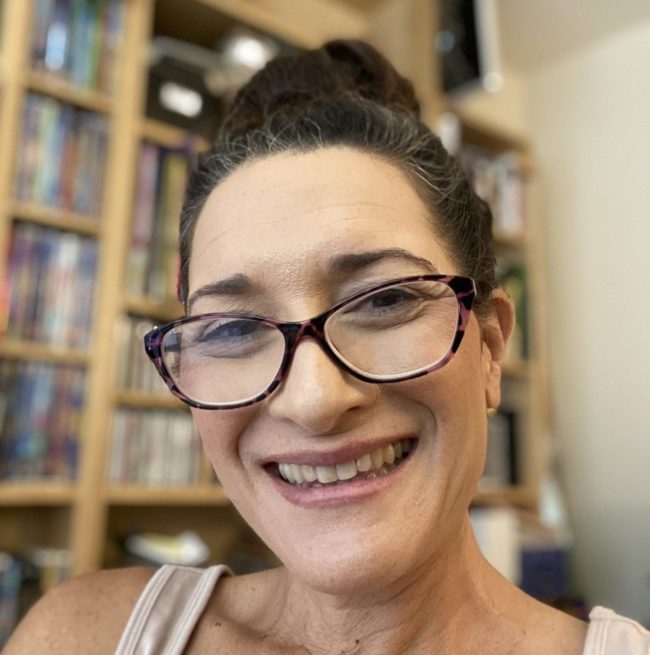 Helping Our Children Manage Their Feelings
Helping Our Children Manage Their Feelings
I just survived another challenging Monday morning in the classroom. My second-grade students were scheduled to attend an educational assembly early Monday morning until a series of power outages forced the staff to cancel the assembly. Then we returned to our classroom after completing a few exercises.
We started our classroom activities by talking about feelings for the day. We listened to a guided mediation where two children have built sand castles on the beach. After a couple of hours, the ocean surf washes away the sand castles. One child is happy while the other child is sad.
Can We Control Our Feelings?
We are not our feelings. We have a choice. This is difficult for most adults to realize. After completing the meditation, I drew a smaller circle within a larger circle on the white board. I told my students that the smaller circle represented those feelings that we can control. The larger circle represented the feelings we cannot control. I then asked the students to discuss what feelings they can control when thinking about the meditation in relation to everyday life.
Joey said, “I can control how I feel about going to school each day. I can be happy or sad. It is up to me.”
Rachel said, “I cannot control how my mom feels about my behavior, but I can choose if I want to be nice or mean when she is angry with me. I cannot control how long she is angry with me.”
Chad was very angry during the activity. He kept interrupting his peers and said, “I am mad about the sand castle disappearing. I do not want to let go of my anger. I am afraid to let go of it because I may lose control or get hurt.”
Is It OK to Have Feelings?
I told Chad he had a choice and that he could use photos of sad faces, happy faces, serene faces, and worried faces to display his feelings. Initially, he selected a face that was incredibly angry. I thanked him for sharing this feeling with me. I then reassured him that it was also OK to select a neutral photo and that he could explore how he might express a wide range of emotions. With my encouragement, Chad said he was angry about all of the hours his parents had to work and he did not have time to just be with them. As Chad expressed his frustrations, he became calm and was ready to learn for the day. He then made the conscious effort to select how he wanted to feel versus how he was feeling.
We All Need Emotional Support
What I learned is that my students need added support daily from their parents and from me to release their stored frustrations. Daily life is difficult for kids when they see their parents struggle to get food on the table, juggle multiple jobs, take care of the family’s needs, and have enough money to pay the bills. We can reassure our children that we have a choice and responsibility in how we feel.
Much serenity in your daily life!
Danielle
Copyright © 2020 by GenParenting

Danielle’s first step in education did not begin with education at all. It began with her first love for science. She received a B.S. in Biological Science, with a concentration in Molecular Biology. Her five years of experience as a chemist in the biotech industry at SYVA and Dade Behring Diagnostics include both areas of quality control and research and development. Her contributions were qualifying products for release to sell to the diagnostic market as well as developing new diagnostic technology for immunoassay detection. Danielle’s subtle transition to discovering her passion for education was through the birth of her daughter. She became a stay at home mom. Her uber volunteerism at her daughter’s elementary school gained her access to her path of education. She now holds a multiple subject teaching credential and M.A. in Education from National University. She has over ten years of experience at Sakamoto Elementary School as an educator in kindergarten, sixth grade, second grade, and a 2/3 combination class. Her teaching is rooted in a constructivist model while fostering independence and accountability in the classroom.

